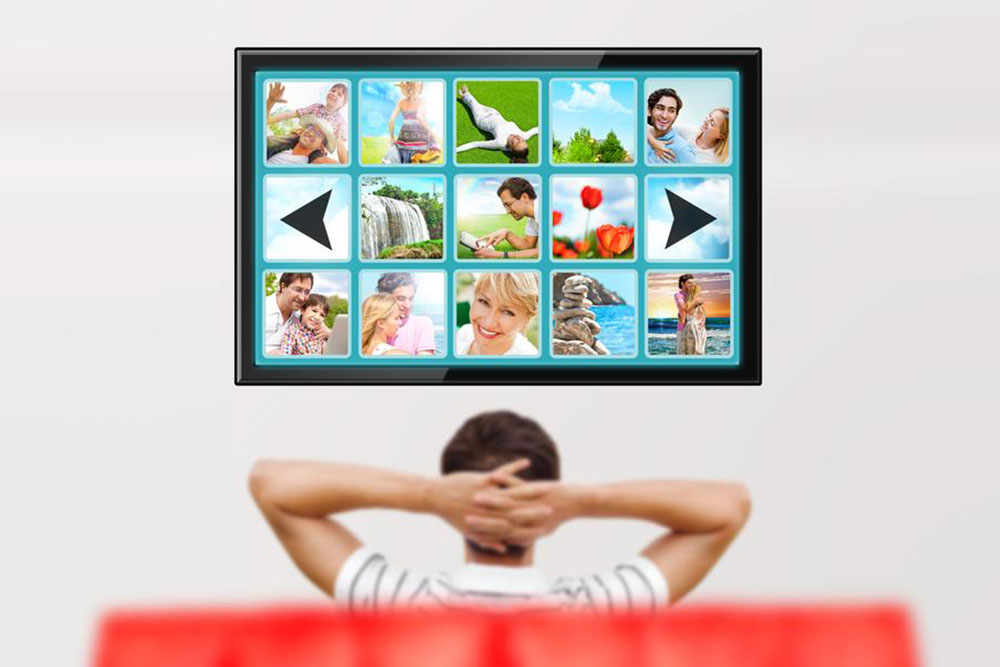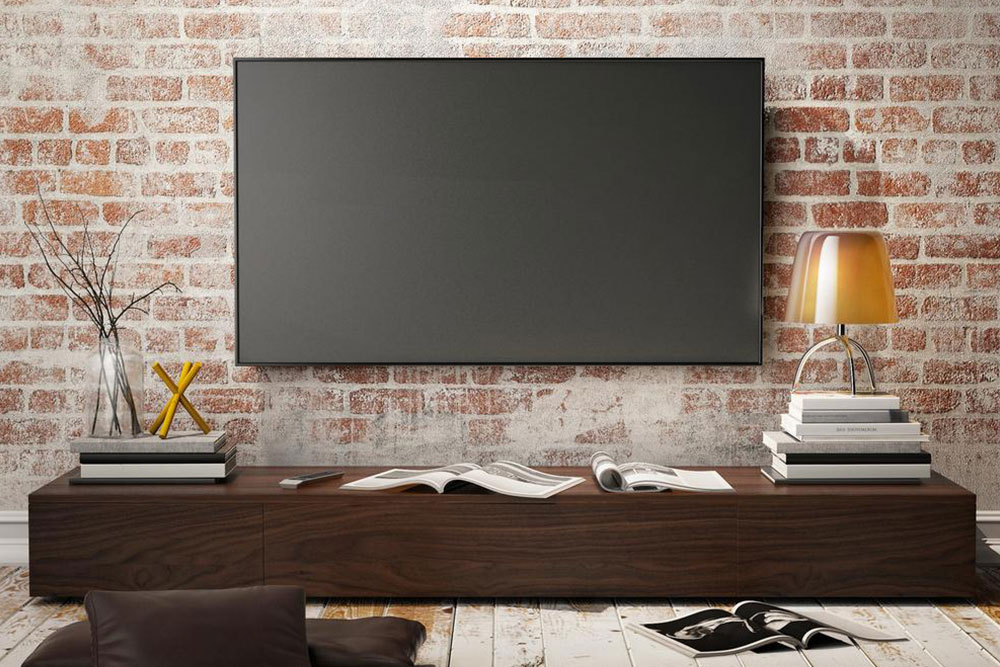The Transformation of Television: From Cable Infrastructure to Digital Streaming Era
Discover the extensive evolution of television from traditional cable networks to the modern digital streaming age. This detailed exploration covers technological advancements, shifting revenue models, and the emergence of innovative viewing devices that are transforming entertainment consumption worldwide.

The Transformation of Television: From Cable Infrastructure to the Digital Streaming Era
Throughout the 20th century, television was primarily controlled by a handful of major networks in the United States. These networks held monopoly over programming schedules, advertising revenues, and broadcasting rights, shaping the way audiences consumed content. This traditional model dominated the industry for decades, providing a unified viewing experience but limiting choices. As technology advanced, the industry experienced a significant shift with the advent of cable television, which revolutionized the way viewers accessed entertainment and information.
Cable TV introduced a new era of programming options, allowing subscribers to access a wide array of channels beyond the basic broadcast networks. Premium channels such as HBO, Showtime, and ESPN became household staples, offering exclusive content that generated considerable revenue for providers and content creators. This period marked a crucial transition from the limited offerings of over-the-air broadcasts to a more diversified, subscriber-based model.
Over the past two decades, technological innovations have dramatically transformed television consumption. The transition from analog to digital broadcasting improved picture quality and expanded channel capacities, while the rise of broadband internet paved the way for streaming services. Today, traditional distribution methods are increasingly giving way to internet-based streaming platforms, reshaping the entertainment landscape. Modern households now feature a variety of devices capable of streaming high-definition content, including smartphones, tablets, laptops, and smart TVs with integrated internet capabilities.
Smart TVs equipped with internet connectivity, along with dedicated streaming devices such as Amazon Fire TV, Roku, and Apple TV, enable users to access an almost endless library of content at their convenience. These devices supplement or completely replace traditional cable services, offering viewers greater flexibility and personalization in their viewing choices.
In this contemporary era, the importance of traditional distribution channels diminishes as new viewing paradigms emerge. The classic television setup, traditionally operated with a remote control, has expanded to include multiple devices, each capable of streaming content directly from the internet. The once dominant cable boxes, which facilitated the relationship between cable providers and broadcasters, are being phased out. Revenue models are evolving; instead of relying solely on advertising and subscription fees, many providers now adopt flexible micro-transaction or ad-supported models. Services such as Netflix, Hulu, and Amazon Prime Video have pioneered this shift, offering on-demand access to extensive content libraries at competitive prices. Platforms like HBO Now and Disney+ enable consumers to access premium content directly on their preferred devices, bypassing traditional cable and satellite providers altogether.
Despite these industry shifts, cable companies still play a significant role in the ecosystem by providing essential infrastructure for broadband services and networking solutions. Additionally, they offer value-added services such as home security, smart home integration, and cable-based internet solutions, which remain relevant as consumers demand bundled services. The ongoing evolution of television continues to be driven by rapid technological developments, changing consumer preferences, and the increasing demand for personalized and on-demand content.
Looking ahead, the future of television is poised to be even more integrated with emerging technologies like 5G, virtual reality (VR), and augmented reality (AR). These innovations promise to enhance user engagement and redefine how audiences experience entertainment. As the industry continues to evolve, the overarching goal remains enhancing accessibility, affordability, and interactivity for viewers everywhere, ensuring that television remains a vital part of modern life amidst ongoing technological advancements.





